There are many consequences of Brexit, regardless of outcome. Naturallyvgood and bad, depending on tour view on the matter.
We can now read about Brits selling and buying Emergency Survival Boxes to be ready for major oroblems in a no-deal situation. You can read the article below.
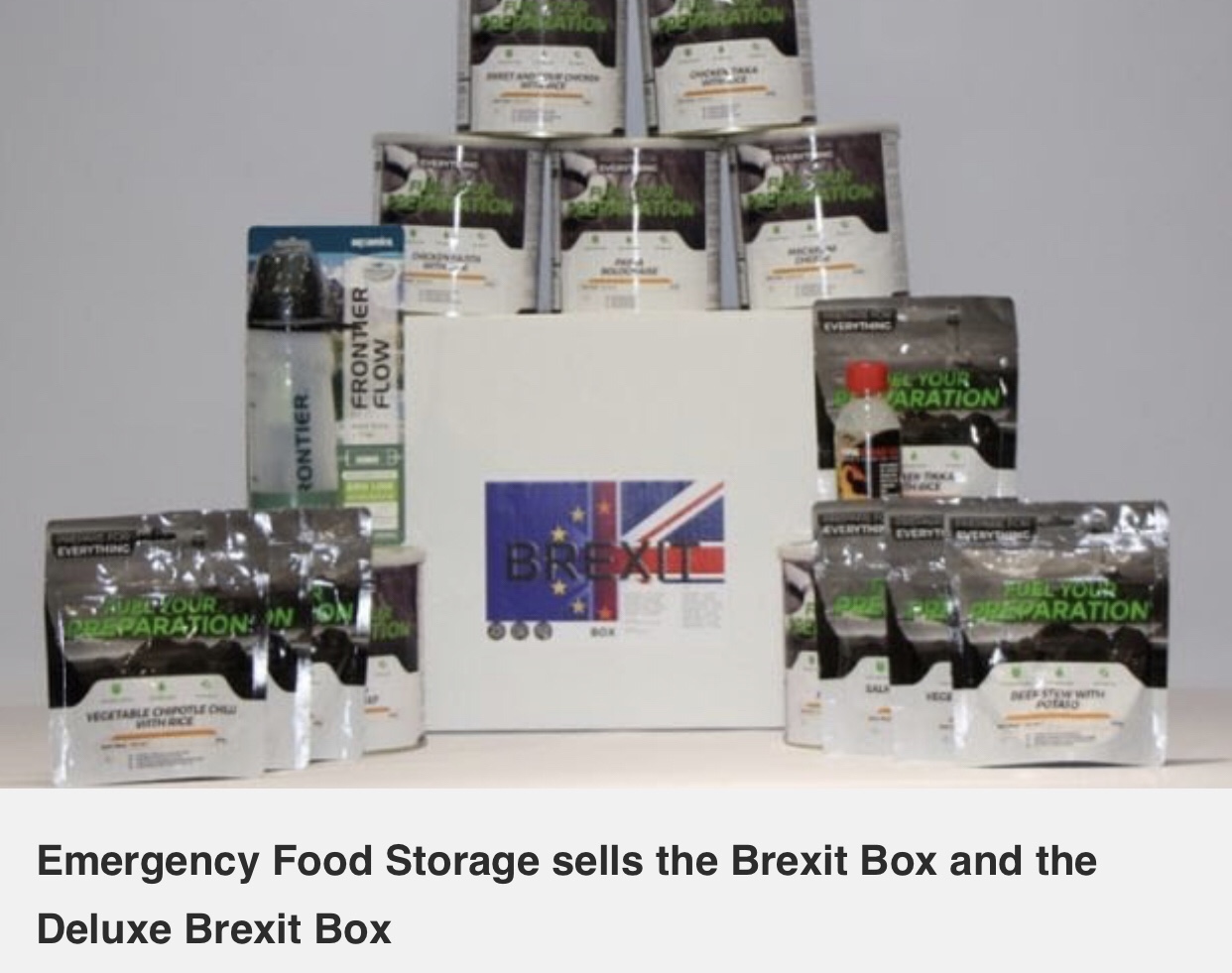
I habe always had a problem with what some people call ‘Project Fear’. I have had a problem with it from both perspectives. Pole that say we can leave with no-deal ir have a no-deal Brexit with no problems, saying that a WTO rules situation will not cause problems and major challenges – is in my view not describing what will happen in a correct way. There will be problems at the blrders and in other areas if UK leaves wothout a deal. Primarily since there is no time to implement alternative processes and systems to handle border formalities which will cause problems and delays at the borders.
However buying Survival boxes is definetly taking it way to far.
Brits buying up Brexit Boxes in case of no-deal food shortages
Source: Manchester Evening News
Today we celebrate the International Customs Day.
The International Customs Day celebrates the brave 1 million officers that serve and protects our borders all around the world while we sleep and live our lives. This is an important day.
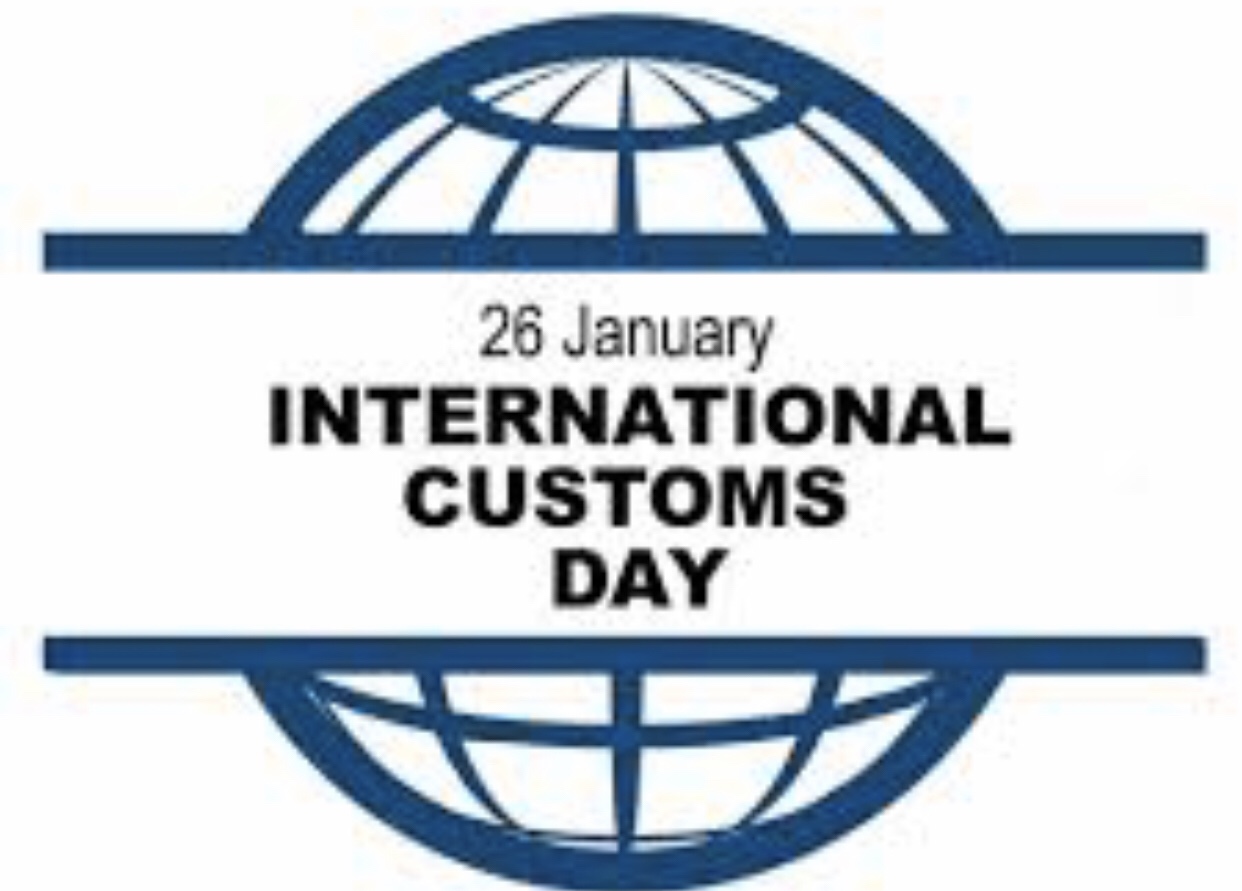
Customs Services all around the world symbolises the spirit of Customs managing the borders of our nations but also the movement of the international supply chain and our world.
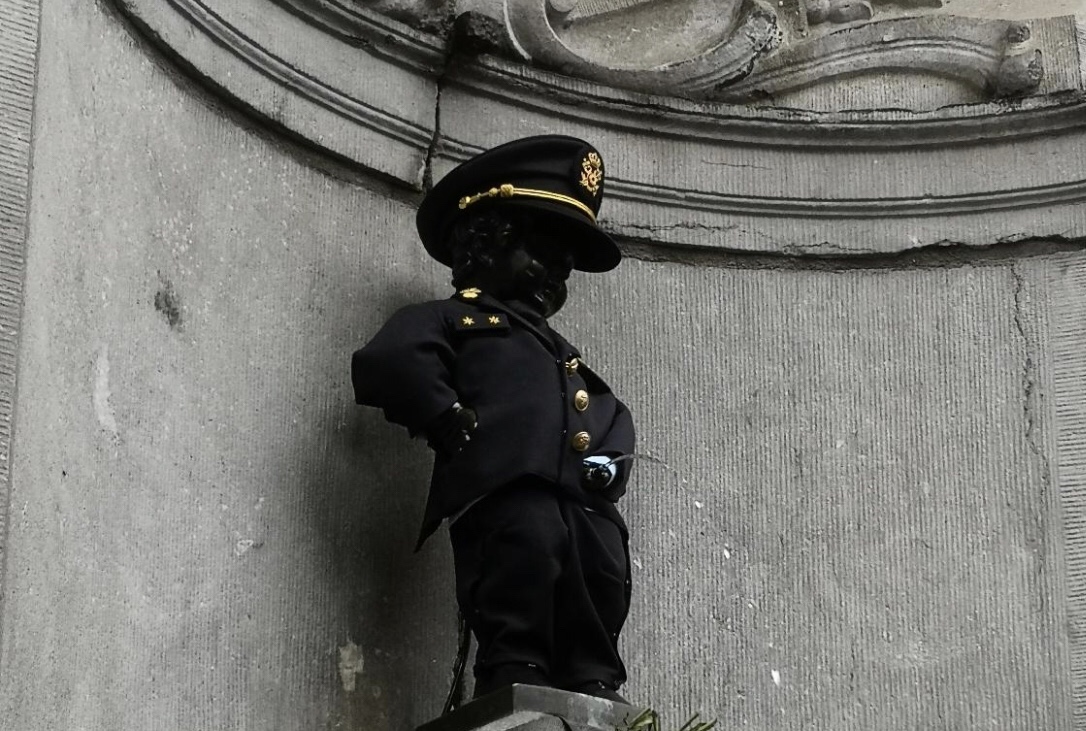
I am a proud Customs Officer. I have been a Customs guy all my life. I love Customs.
This years’ theme for the ICD and the year 2019 is Smart Borders. It is my old organization World Customs Organization (WCO) that decides the theme of the year and never has it been more accuarte than this year.
2019: The Year of SmartBorders!
BBC today reports that some EU countries are pushing for the European Union’s no-deal legislation to be more generous to the UK.
The European Commission has proposed “bare bones” arrangements on aviation and road haulage if there is no deal.
The legislation would allow British truckers to carry goods into the EU and British airlines to fly in and out of the EU, from 29 March to 31 December.

But a group of countries want to give UK hauliers the right to operate within the EU as well, known as cabotage. Some also want British airlines to be able to offer connecting flights within the EU.
Diplomats are also concerned that airlines will not be able to offer new routes or run more services because the number of flights would be capped at 2018 levels.
Speaking on BBC Radio 4’s Today programme, France’s Finance Minister Bruno Le Maire said: “You can’t be out of the EU and be getting the benefits of the single market.”
“That is the clear red line of France.” The issues were discussed at a meeting of member states’ ambassadors in Brussels on Wednesday. Officials will try to hammer out a compromise at a meeting on Friday and ambassadors will discuss it again next week. “We’ve got to strike a balance between being prepared but not sending the message to the UK that no deal would be OK,” a diplomat said.
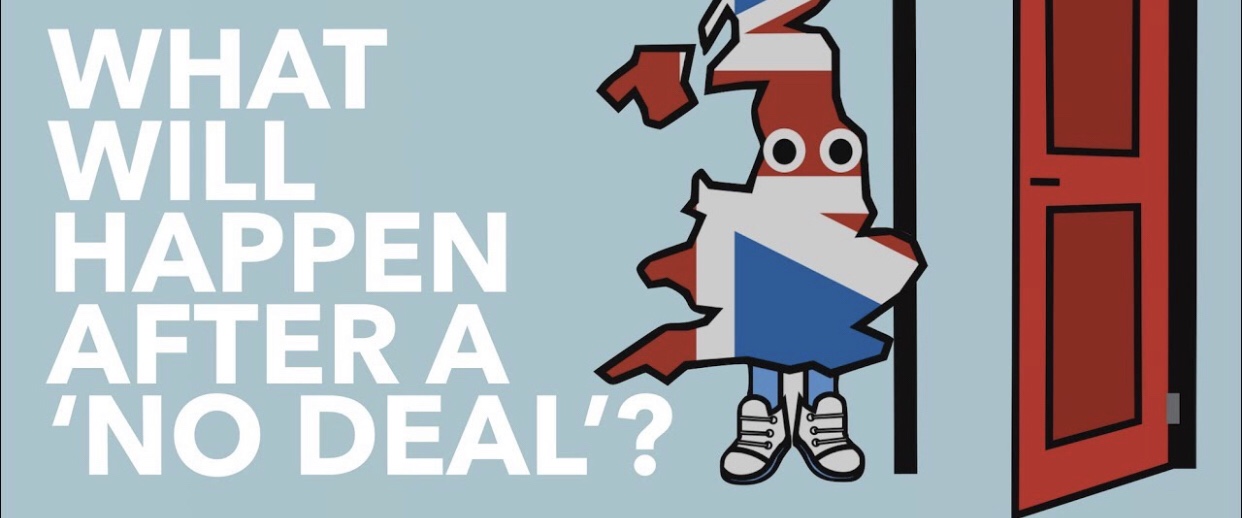
The European Commission, which co-ordinates planning for no deal at a European level, is opposed to expanding the scope of the legislation, saying it would give the UK some of the benefits of membership of the single market.
The commission also urged member states not to engage in bilateral deals with the UK, which some countries have suggested, because much of the responsibility for these issues rests with national governments.
Details of the discussion are contained in a diplomatic note of a meeting of EU ambassadors on Wednesday.
At least one country asked whether the EU should consider additional contingency measures to guarantee co-operation on security issues, such as the Schengen Information System which is used to share information about stolen goods and people of interest.
The news will cheer supporters of a no-deal Brexit, who argue that the EU would be prepared to offer mini-deals with the UK if the withdrawal agreement it has negotiated with the UK is not approved.
BBC Brexit: Push for more generous EU no-deal offer
Source: BBC


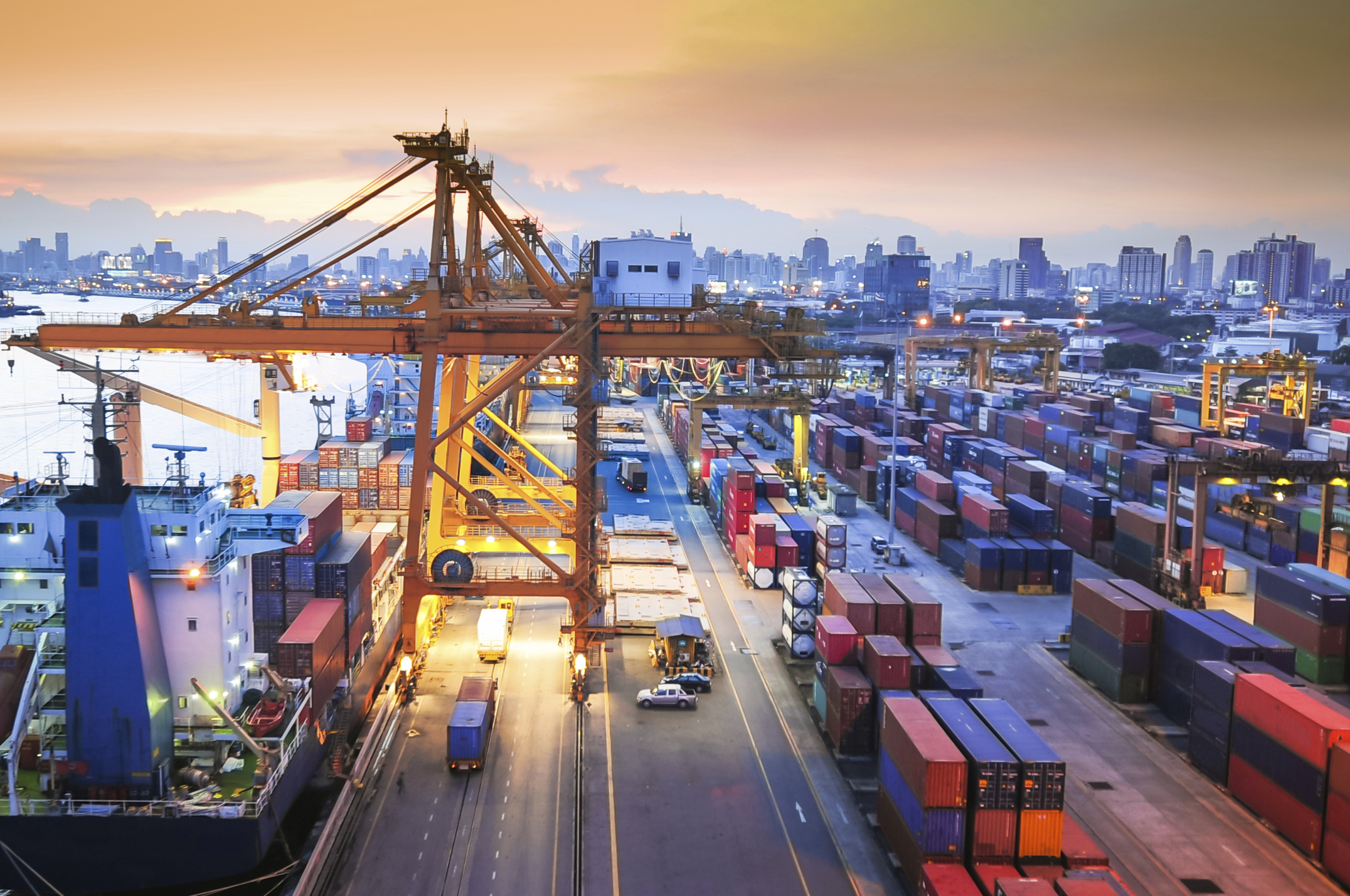



You must be logged in to post a comment.